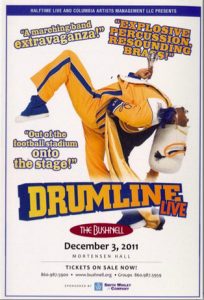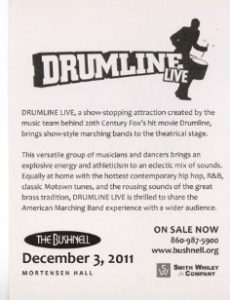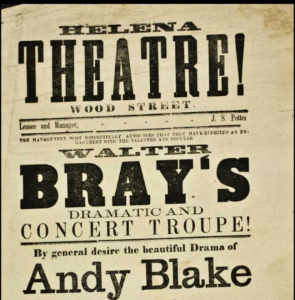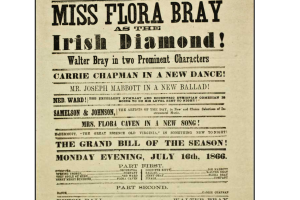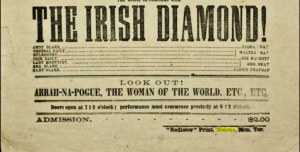Written in 1998 by Native American playwright Marcie Rendon, SongCatcher follows two young Native American protagonists who are visited by the spirits of their ancestors, as well as that of Frances Densmore, infamous in the field musicology for her recordings of Native American songs, including those of the Ojibwe and Sioux, among others.
The protagonists of the play, Jack and Chris are foils. Jack tries to get back in touch with tradition through reading Densmore’s work and playing her transcriptions on a keyboard. Chris, on the other hand, participates in more traditional ways of gaining knowledge. She learns from elders.
The pair are visited by spirits in their dreams. The spirit of Frances Densmore initially visits Chris. The audience might see similarities between the two; both young women who are sure of themselves. In the initial dream, Rendon even imagines them smoking together (31). Their exchange, though, quickly turns a bit hostile:
FRANCES DENSMORE
This is the one habit I’ve acquired while in the company of your people. I find it most relaxing. I might even venture to say that tobacco might be Native people’s greatest contribution to modern civilization.
CHRIS
Well that contribution you’re sitting there smoking was given to us by the Creator to pray with.
FRANCES DENSMORE
I’m well aware of the spiritual significance your people place on this plant. If I daresay, given the extent of my research, there are a few things I could possibly even teach you.
CHRIS
Oh, really? (31-2)
Densmore is a kind of Faustian anti-villain in the piece. The scenes we do see her in show her dubious ethics, but many of the dream scenes center on her personal life, her relationship with her best friend and her sister. Her obsession with her work consumes her over the course of the play, culminating in the final scene where she burns her personal papers:
FRANCES DENSMORE
… I don’t want people rifling through the attachments of my heart once I am gone.
OLD MAN SPIRIT
I cry for your spirit. The songs you recorded were always The People’s. The work you clung to was never yours. Once you’ve burned the stirrings of your heart, you will be no more. (80)
Densmore, by erasing her letters, is erasing herself. She hopes to be remembered through her work. In a similar way, she erased the people who gave her the songs in trying to preserve them. They are missing the living knowledge essential to them.
This highlights an essential difference in Densmore’s view of knowledge, and an Indigenous view represented by Chris and the spirits of this play: To Densmore, knowledge is information. It is the notes of the page, the words in the songs, etc. To Chris, knowledge is a gift from previous generations to the next, and most importantly, it is lived (“being Indian is something you live. It’s inside you. You can’t learn it from a tape.” (12) )
In her Author’s note, Rendon says that the conversation around Densmore does us a disservice by implying that “the real songs are locked up in Washington, D˙C˙, instead of in the hearts and spirits of Native people themselves. It is a systematic erosion of a people’s belief in themselves, their own history, and their very existence as a living, breathing, modern people.” (4-5)
The play handles the life of Frances Densmore with a focus on her heart and spirit, extending to her what she did not extend to her subjects.
Rendon, Marcie. SongCatcher. 1998.

